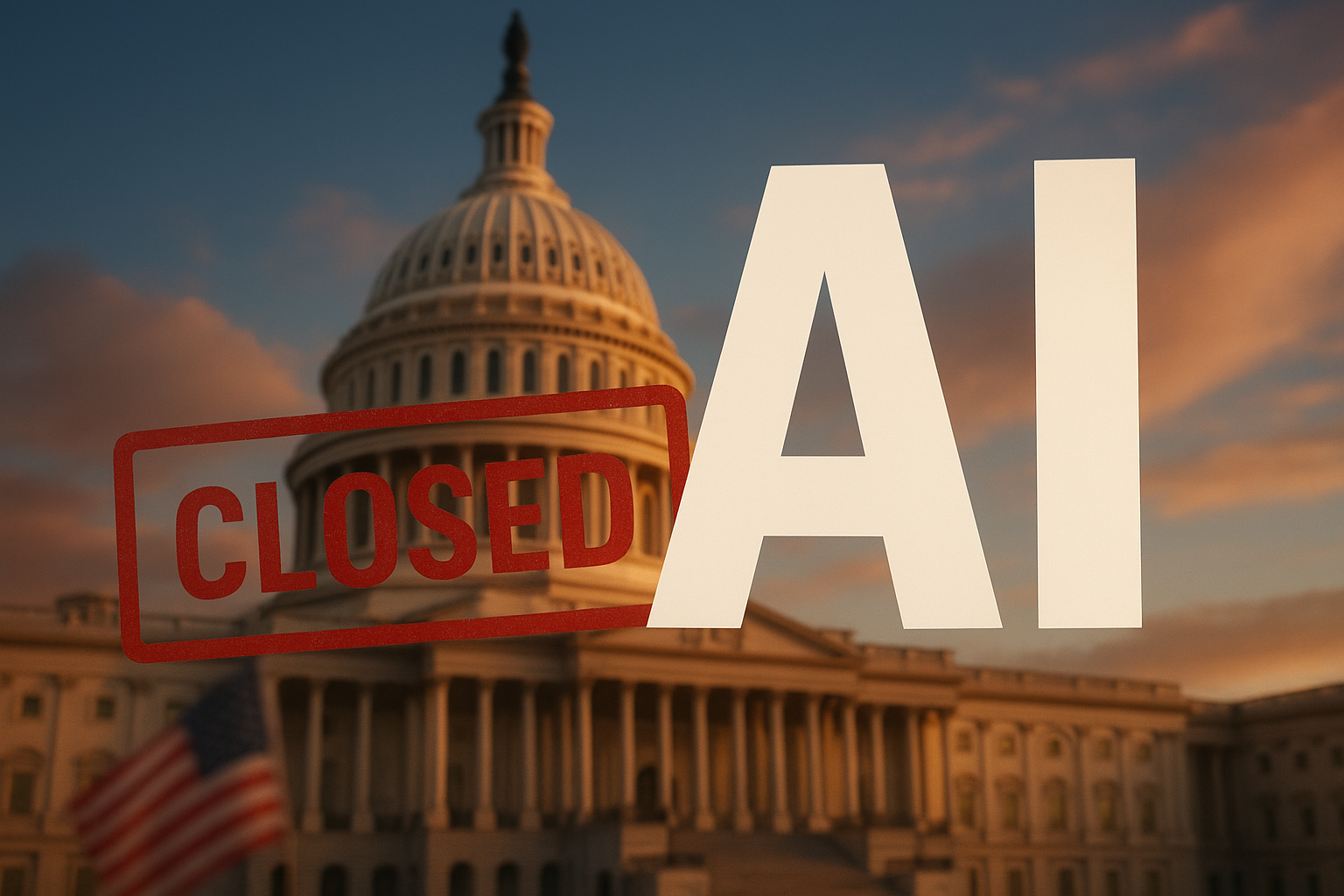The convergence of artificial intelligence and biotechnology continues to accelerate, as Salt AI secures $10 million in fresh funding to expand its visual-first AI platform for life sciences. The raise underscores investor appetite for specialized AI applications beyond generative text and image models—particularly those that promise tangible breakthroughs in drug discovery and pharmaceutical research.
Why This Matters for Investors
The life sciences sector is increasingly leaning on AI to compress drug discovery timelines, reduce costs, and optimize compound analysis. According to McKinsey, AI-enabled drug discovery could generate up to $70 billion in annual value by 2030, reshaping R&D pipelines across the pharmaceutical industry. For investors, this creates opportunities at the intersection of biotech innovation and next-generation computational tools.
Salt AI’s platform enables scientists to analyze thousands of compounds more efficiently through a visual-first approach, streamlining workflows that traditionally require months of manual effort. This capital infusion will allow the company to scale its offerings, positioning it as a potential acquisition target for large-cap pharma or established AI infrastructure players seeking to enhance their life sciences footprint.
The Bigger Picture in Life Sciences AI
Investor enthusiasm in the sector has grown steadily. PitchBook data shows that venture funding for AI-driven drug discovery companies exceeded $5 billion globally in 2024, with demand rising sharply for platforms that can demonstrate early clinical impact. Major pharma firms, including Pfizer and Novartis, have already partnered with smaller AI startups to accelerate R&D—a trend Salt AI could leverage to drive growth.
At the same time, regulatory bodies such as the U.S. FDA and Europe’s EMA are tightening oversight on AI-driven healthcare applications. Investors should weigh both the long-term potential and the near-term hurdles of regulatory compliance, validation in clinical environments, and capital-intensive development cycles.
Future Trends to Watch
- Consolidation & M&A – Larger biotech and pharma companies may look to acquire niche AI players with proven efficacy, creating premium exits for early investors.
- AI Infrastructure Partnerships – As demand for compute-intensive workflows rises, collaborations with hyperscalers like Microsoft Azure, Google Cloud, and AWS are expected to play a crucial role.
- Shift Toward Clinical Validation – Venture-stage companies will be under pressure to demonstrate not just efficiency gains but also measurable improvements in patient outcomes.
Key Investment Insight
For investors, Salt AI represents the broader theme of AI integration into industries with high barriers to entry and significant upside potential. While the path to profitability may be long, early exposure to companies pioneering AI in life sciences could deliver outsized returns if their platforms prove scalable and clinically validated. Watching for early-stage partnerships with big pharma and cloud AI providers may serve as a leading indicator of future value creation.
As AI adoption in healthcare continues to evolve, investors who position themselves early in credible, well-funded ventures like Salt AI may benefit from both sector growth and strategic M&A activity.
Stay ahead of daily market-moving insights with MoneyNews.Today, your trusted source for investor-focused coverage across technology, life sciences, and emerging industries.





